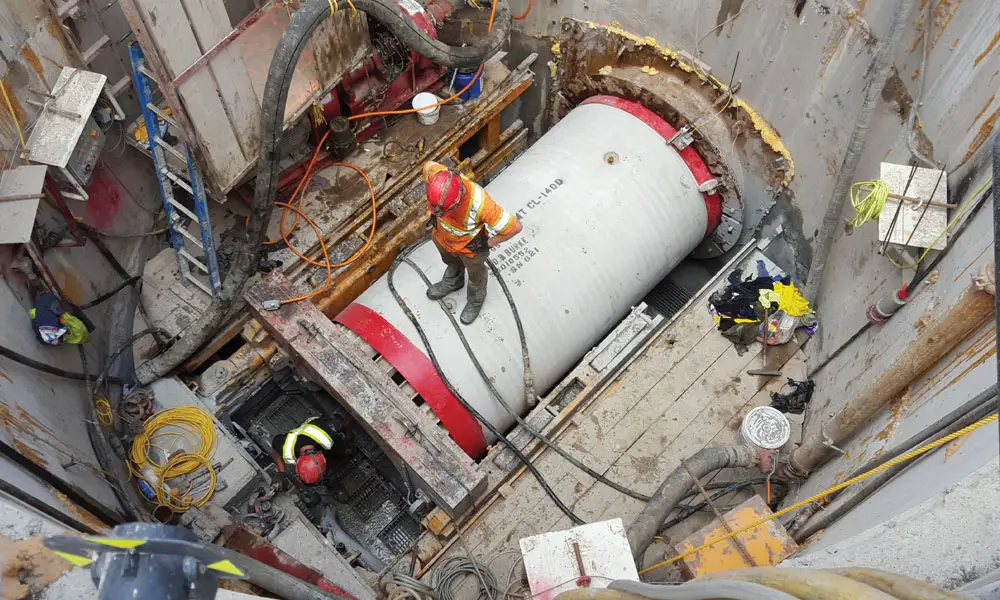Microtunneling, a relatively new technology in the construction industry, has rapidly emerged as a sustainable, eco-friendly solution for underground construction. This non-disruptive method, employing remote-controlled equipment, is redefining how we approach tunneling tasks, from installing utility pipelines to creating extensive underground networks.
Microtunneling not only meets the functional requirements of various construction projects but also plays a significant role in preserving our environment, thus contributing to the broader goals of sustainable development. In this article, we will cover how this groundbreaking technology is a game-changer in mitigating environmental impacts within the construction industry.
Minimal surface disturbance
One of the most significant environmental advantages of microtunneling lies in its ability to cause minimal surface disturbance. Unlike traditional open-cut methods, which require vast amounts of earth to be excavated and removed, microtunneling operates below the surface and is often conducted remotely.
This eliminates the need for large, open pits, reducing the impact on the local landscape and existing infrastructure. The process involves a microtunnel boring machine that is launched from a small pit and controlled from the surface, removing the excavated material back through the tunnel. This results in a substantially smaller footprint, both physically and environmentally.
In comparison, traditional tunneling methods require large-scale excavation. This can lead to issues such as traffic congestion, noise pollution, and damage to local ecosystems. It often requires the temporary displacement of communities and businesses, causing further disruption. However, microtunneling contractors use technology so these disturbances are drastically reduced.
Minimizes waste production
Microtunneling also shines in its ability to minimize waste production, a critical aspect of environmentally-friendly construction methods. The technique utilizes a closed system where the excavated material is transported directly to the surface through a pipeline. This process allows for the efficient management of excavated materials, reducing the amount of waste produced during the construction process. The excavated material is often repurposed or recycled, contributing to a circular economy in the construction industry. This approach not only minimizes waste but also reduces the need for new raw materials.
In contrast, traditional tunneling methods result in a large volume of waste material. The excavated earth is often considered waste and is typically transported to landfill sites, which contributes to the increasing problem of waste disposal. This process also utilizes substantial energy for transportation, adding to the carbon footprint of the project. However, with microtunneling, these issues are significantly mitigated.
Lower carbon emissions
Microtunneling requires less heavy machinery and equipment than traditional methods, leading to reduced fuel consumption and, consequently, lower greenhouse gas emissions. It is also generally faster than conventional tunneling methods, further decreasing the project’s overall carbon footprint. As the construction industry seeks to align with global efforts to mitigate climate change, such reductions in carbon emissions are increasingly important.
Traditional tunneling methods, in contrast, typically require a vast amount of heavy machinery, from excavators to dump trucks, which consume significant amounts of fuel. These methods also often involve prolonged project timelines, leading to extended periods of machinery operation and increased emissions.
